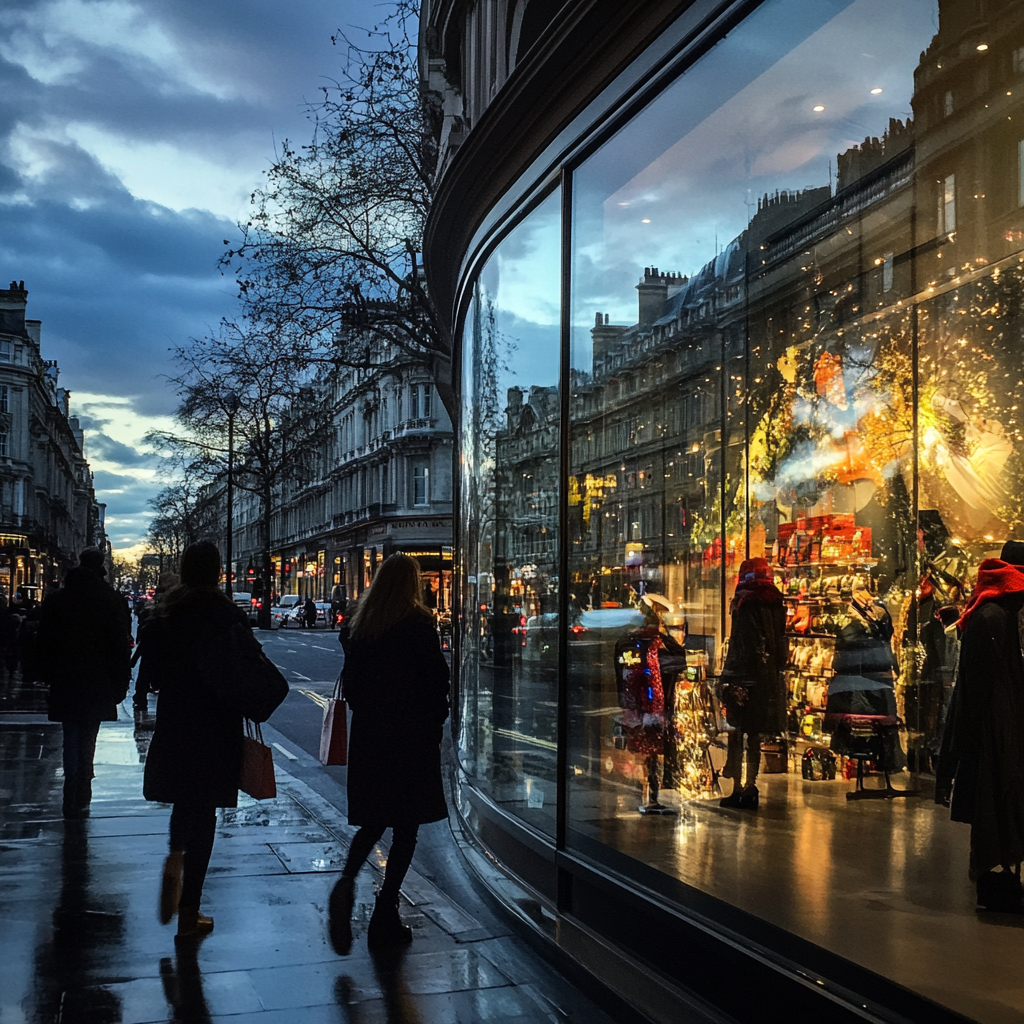
Male Menopause: The Silent Body Changes Shaping a Crisis in Men’s Fashion and Wellness
Fashion’s neglect mirrors broader societal dismissal of male aging. Psychologist Dr. Robert Tan, author of Andropause: Managing the Male Journey, explains:
“Clothes that no longer fit become daily reminders of lost youth and vitality. Men internalize this as failure, fueling shame and withdrawal.”
This stigma has tangible consequences:
Workplace Bias: Ill-fitting suits undermine perceived authority, with studies linking unkempt attire to lower promotion rates.
Social Isolation: 44% of men avoid events due to body image concerns, per a 2022 Ipsos survey.
Healthcare Avoidance: Only 12% of men discuss hormonal symptoms with doctors, fearing emasculation.

Perimenopause, Body Changes, and the Fashion Gap: Why America’s Imported Sizing Standards Fail Women
Perimenopausal women deserve more than stretchy black leggings and oversized sweatshirts. They deserve clothes that honor their bodies as they are today—not relics of a past self. By demanding transparency from brands, supporting ethical manufacturers, and rejecting imported sizing norms, we can redefine fashion as a tool of empowerment, not erasure.

Algorithmic Accountability in Fashion: Reclaiming Our Style Agency
Schools and community organizations should incorporate critical digital literacy into their curricula, teaching young people to recognize algorithmic manipulation and make more conscious consumption decisions. This education should include understanding how recommendation engines work, recognizing dark patterns in e-commerce, and developing strategies for mindful engagement with fashion content.

A Love Letter to My Wardrobe Identity Crisis
The pandemic didn’t just redefine office wear—it gave us a blank canvas. So paint wildly. Mix polka dots with pinstripes. Wear a ballgown to brunch. Or don’t.

Transforming the Fashion Supply Chain: Timeline for Recovery
The transformation of the fashion supply chain represents a generational project requiring sustained effort across multiple decades. The most immediate benefits—reduced overproduction, improved working conditions, and decreased pollution from new production—could materialize within 3-7 years of implementing algorithmic accountability and consumer agency solutions.

Dressing for the Life You Want: How Your Wardrobe Can Shape Your Future
Your clothing is a daily vote for the person you’re becoming. Whether you’re pitching a startup, painting a masterpiece, or pursuing inner peace, let your style reflect—and accelerate—your journey.

The Stylist Solution: Reducing Fashion Waste Through Professional Curation
The most forward-thinking styling services are already positioning themselves not just as fashion advisors but as sustainability guides, helping clients navigate the complex intersection of personal expression, practical needs, and environmental responsibility.

Confessions of a Stylist: Fighting for Fashion's Soul from the Inside Out
Between rehearsals, I'd wander through Knightsbridge like a fashion pilgrim. Harrods was my cathedral. Harvey Nichols and Selfridges were where I went for slightly less holy, but equally reverent worship. When time was tight, I'd duck into boutiques, creating my own little fashion fantasy world.

Holding Onto Hope and Jeans: Navigating Post-Pregnancy Style in a Body That’s Redefined Itself
Bodies change. Clothes should too. Some days, I donate a pre-pregnancy top and feel lighter. Other days, I slip into an old band tee and layer it under a cardigan that does button. Progress isn’t linear, and neither is style.

The Data Deluge Behind Fashion Waste: How Digital Distortion Fuels Fast Fashion
When retailers can't effectively integrate and interpret their data, they default to overproduction as a risk management strategy. The logic is simple: better to have too much than too little. This approach, however, leads to enormous waste, with an estimated 30% of all clothes produced never even being sold before ending up in landfills or incinerators.

From Fashion Fangirl to Finding Purpose: My Unlikely Path to Personal Styling
Shopping was tedious, took too much time, offered too many choices. I desperately wanted to make that process easier and more accessible for customers. I was drowning in the sludge of interviews and past work with styling companies and retailers who promised the moon with their "faster, easier approach to shopping!" and "personal stylist on demand!" marketing spiels.

The Purple Dress: How One Customer Changed My Understanding of Fashion Forever
The transformation I witnessed wasn't just about clothes—it was watching someone stand a little taller, smile a little more authentically, and occupy space with growing confidence. Each "yes, this works" was really saying, "yes, YOU belong."
